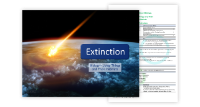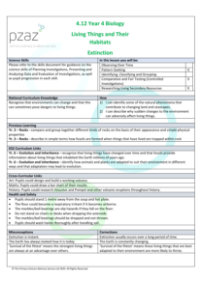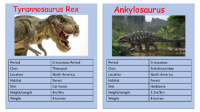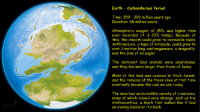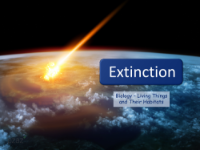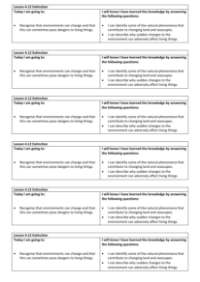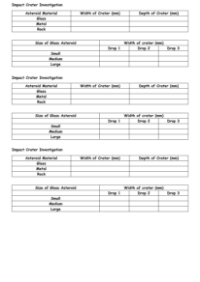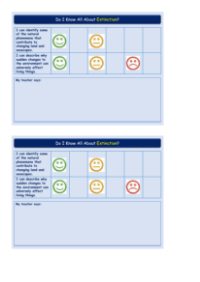Extinction - Teacher Explanation

Science Resource Description
Welcome to Lesson 4.12 on Extinction, part of the Year 4 unit on Living Things and Their Habitats. This lesson aims to help pupils understand that environmental changes can pose threats to living organisms, a key concept outlined in the national curriculum. During the lesson, it's important to observe health and safety measures, such as keeping a safe distance from the cooking soup, being cautious of airborne flour, and handling marbles and ball bearings carefully to avoid slip hazards. Additionally, students should avoid standing on furniture while conducting experiments, and must wash their hands after activities. The lesson also presents opportunities to integrate art, by creating volcano images, and history, through researching the impact of Vesuvius on Pompeii and Herculaneum.
The lesson tackles common misconceptions about the static nature of the Earth's geography, using 'World Through Time' cards to illustrate the planet's dynamic history. Students explore plate tectonics, a theory initially proposed by Alfred Wegener, and learn how the Earth's landscape has been shaped by the movement of tectonic plates. Through hands-on activities, they will build a model of the Earth's structure, understanding the roles of the inner core, outer core, mantle, and crust. Additionally, the lesson includes a demonstration using tomato soup and toast to represent continental drift, and an experiment to simulate the impact of asteroids, highlighting the role of sudden environmental changes in species extinction. The lesson concludes with a report-writing task where pupils research and document information on extinct species, emphasizing the environmental factors that contribute to extinction.
